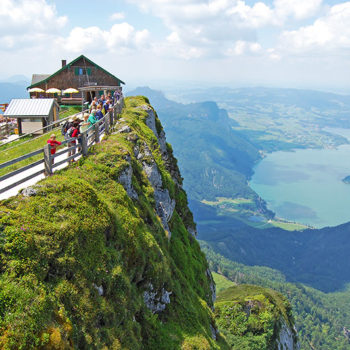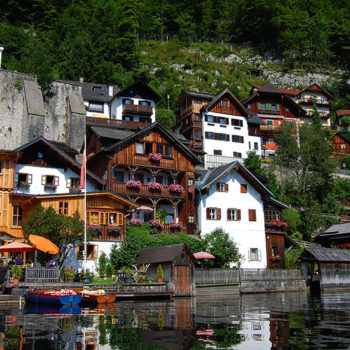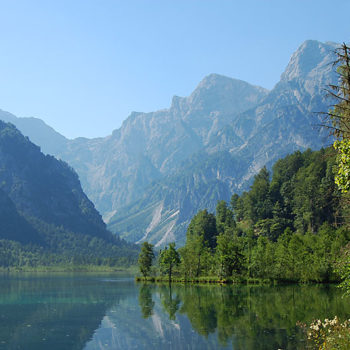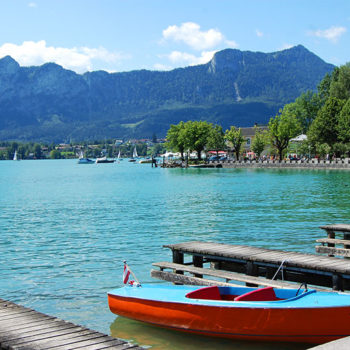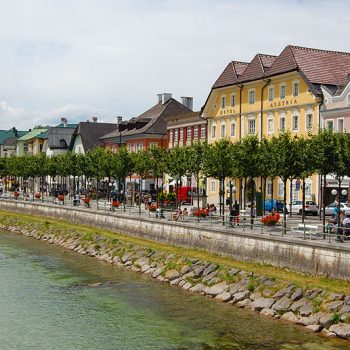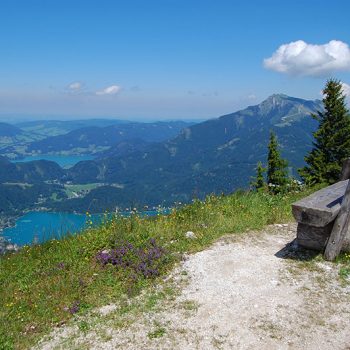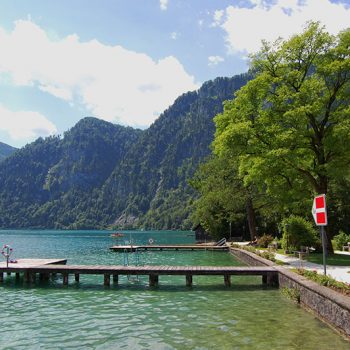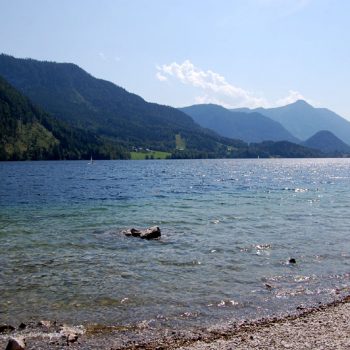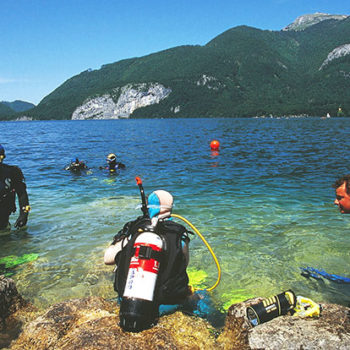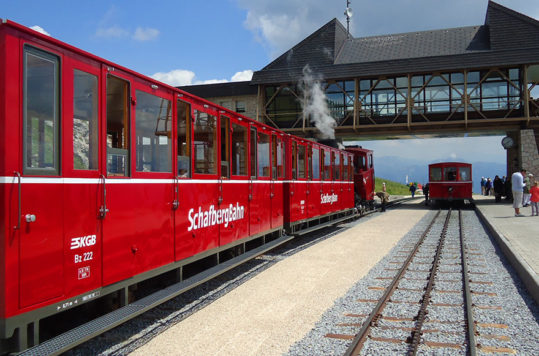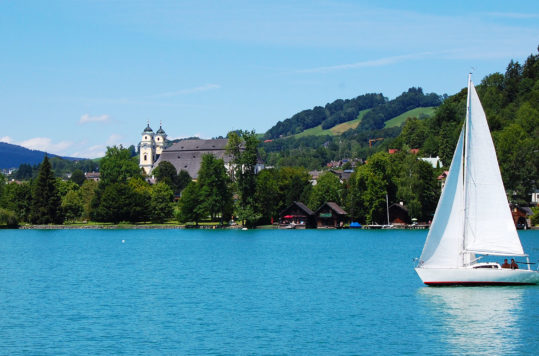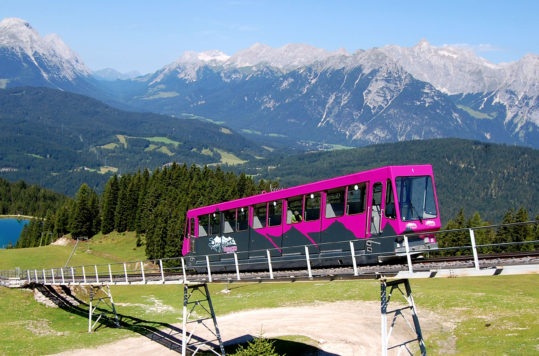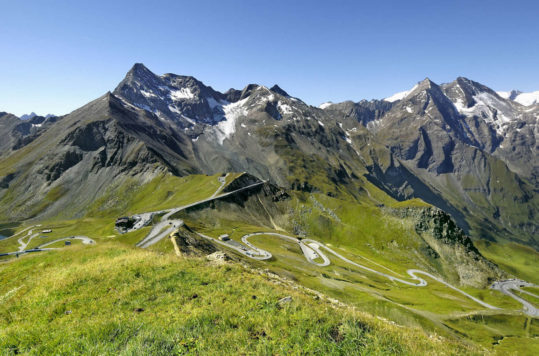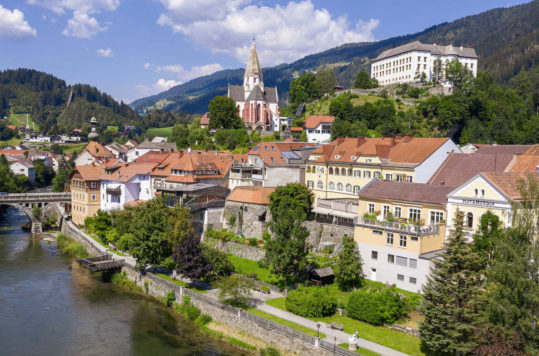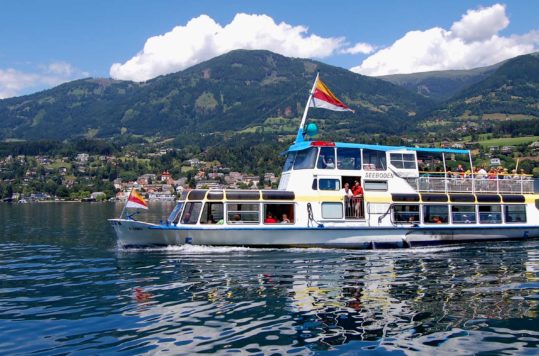The Salzkammergut holiday region is almost a miniature Austria. You will find lakes, mountains, historic towns, and cultural landscapes where people keep old traditions alive.
The contrasts in the Salzkammergut region are significant not only because the landscape alternates between massive mountain ranges, glaciers, lush valleys, and many lakes. But also because the region offers a rich cultural landscape characterized by more than 5,000 years of human activity. The Salzkammergut holiday region covers 58 municipalities in three states (Salzburg, Upper Austria, and Styria). The region differs most from other parts of Austria by its 76 large and small lakes.
The lakes
The four largest lakes, Attersee, Traunsee, Mondsee, and Wolfgangsee, all have their peculiarities, which they have received either from nature or the people living by the lakes. The most famous lake, Hallstätter See, has primarily gained its celebrity status due to the picturesque Hallstatt, a UNESCO world heritage site. Still, the Hallstätter See is a dark blue jewel that should also be enjoyed on the water and from some of the viewing platforms around the lake. Notwithstanding, one of my favourites in this lake landscape is Almsee. The little lake is a little secluded and sandwiched between the high mountains in Almtal. Unlike the much larger, more famous, and busy lakes, Almsee offers far fewer tourists and much calmer conditions. Altaussse and Grundlsee in Styria are two lovely alpine lakes perfect for hiking and swimming in the summer.
< Click on the images to enlarge >
Picturesque alpine scenery
Most of the Salzkammergut is located in the Alps, and the highest peaks are found where the states SalzburgerLand, Upper Austria and Styria meet – on the Dachstein massif. You have spectacular views of the surrounding alpine landscape. Schafberg, with its 1783 meters above sea level, offers some of the best 360° views in the region. From Schafberg, you can see Mondsee, Attersee and Wolfgangsee from the peak and another 10 of the Salzkammergut’s countless lakes. For those who are not comfortable with heights, there is the Zwölferhorn at 1521 meters, reachable by cable car. This a good starting point for hiking in the mountains. The entire Salzkammergut is inundated with hiking trails and climbing paths of all difficulty levels.
Advertisement
Historic towns and villages
Most towns and villages in Salzkammergut can write their history far back in time. We do not have room for everyone on this site, but we have highlighted some. St. Wolfgang, at the foot of Schafberg and on the banks of the Wolfgangsee, gained a prominent place in history when the first church was built in 1183 AD. Since that time, pilgrims have made their pilgrimage to St. Wolfgang. Tourism gained force slowly but surely when a steamship began to traffic the Wolfgangsee, and more so when the Schafbergbahn was built in 1872-1873. Bad Ischl is today best known as the health resort and hunting lodge of Emperor Franz Josef. The Emperor declared war from his summer residence in Bad Ischl in Serbia in 1914, which was the start of the First World War.
The cultural landscape
In the mountains above Hallstatt, humans began to make their mark on the landscape by extracting salt (therefore the name Salzkammergut) even before the Iron Age. Archaeological finds from 5000 BC. show that there has been human activity in the area for more than 7,000 years. The whole region is also scattered with picturesque but vibrant villages, surrounded by agricultural areas and small towns that have retained much of their original architecture that dates back to the Middle Ages.

